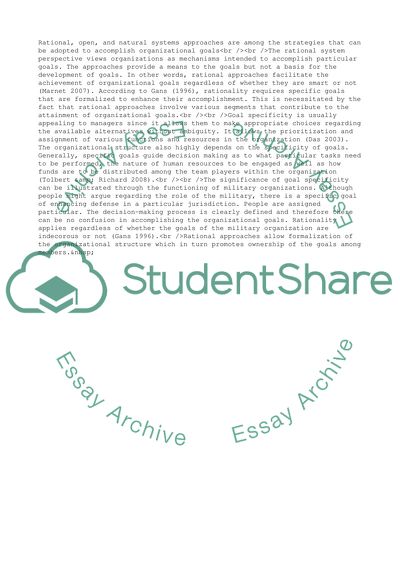Cite this document
(Organizational Effectiveness: Rational Approaches and Open Systems Coursework Example | Topics and Well Written Essays - 1500 words, n.d.)
Organizational Effectiveness: Rational Approaches and Open Systems Coursework Example | Topics and Well Written Essays - 1500 words. https://studentshare.org/management/1757511-orginzational-effectievness
Organizational Effectiveness: Rational Approaches and Open Systems Coursework Example | Topics and Well Written Essays - 1500 words. https://studentshare.org/management/1757511-orginzational-effectievness
(Organizational Effectiveness: Rational Approaches and Open Systems Coursework Example | Topics and Well Written Essays - 1500 Words)
Organizational Effectiveness: Rational Approaches and Open Systems Coursework Example | Topics and Well Written Essays - 1500 Words. https://studentshare.org/management/1757511-orginzational-effectievness.
Organizational Effectiveness: Rational Approaches and Open Systems Coursework Example | Topics and Well Written Essays - 1500 Words. https://studentshare.org/management/1757511-orginzational-effectievness.
“Organizational Effectiveness: Rational Approaches and Open Systems Coursework Example | Topics and Well Written Essays - 1500 Words”. https://studentshare.org/management/1757511-orginzational-effectievness.


